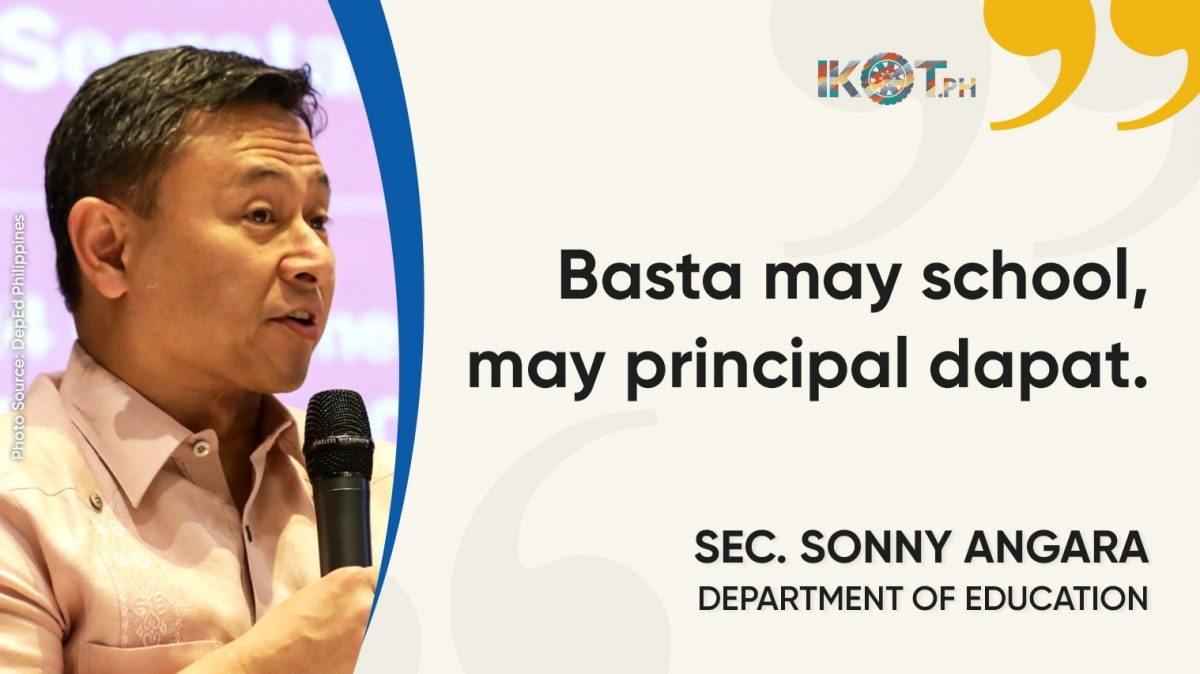In line with the administration of President Ferdinand Marcos Jr.’s commitment to strengthen the education sector, the Department of Education (DepEd) is working to implement a 1:1 principal-to-school policy and assessing the distribution of qualified principals across regions.
“Gagawa tayo at mag-dedeploy ng School Principal items sa mga paaralan na wala nito. Sa kasalukuyang patakaran natin, hindi automatic na 1 school head per 1 school. Babaguhin natin ito. Basta may school, may principal dapat,” Education Secretary Sonny Angara said.
“24,916 public schools currently lack school heads.”
This initiative is in response to the Second Congressional Commission on Education (EDCOM II) Year 2 report, which found that 24,916 public schools currently lack school heads.
To address this, DepEd plans to prioritize the promotion and reclassification of qualified Head Teachers and Teachers-in-Charge into formal principal positions.
The Department will also assess regions with an oversupply of qualified principal applicants and develop strategies to fairly reallocate them to areas experiencing shortages.
“Saan may regions na may oversupply ng qualified principals?”
“Kailangan din natin makita ang overall distribution. Saan may regions na may oversupply ng qualified principals? Paano ma-i-distribute ito while being fair to the principal applicant?” Angara noted.
Meanwhile, DepEd is also setting up a plan for the decentralization of the National Qualifying Examination for School Heads (NQESH) while maintaining a uniform standard across all divisions and regions to improve accessibility for aspiring school leaders.
The Department is likewise in the exploratory stage of offering NQESH at more frequent intervals and expanding targeted training programs under the National Educators Academy of the Philippines (NEAP) to support teachers aspiring for principalship.
In the Philippine education system, school heads play a crucial role in providing instructional leadership, managing school operations, ensuring the effective implementation of policies, and fostering a supportive learning environment that enhances both teacher performance and student outcomes.


